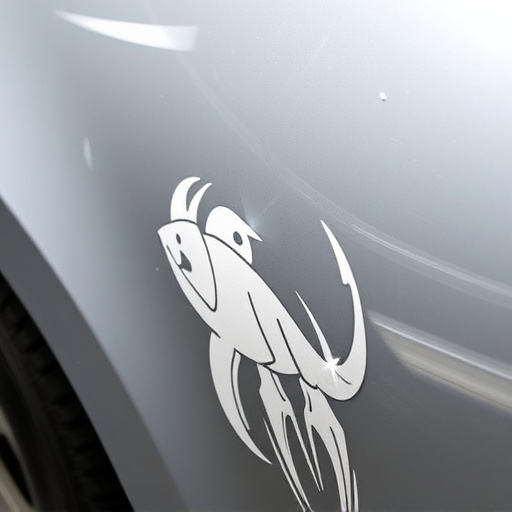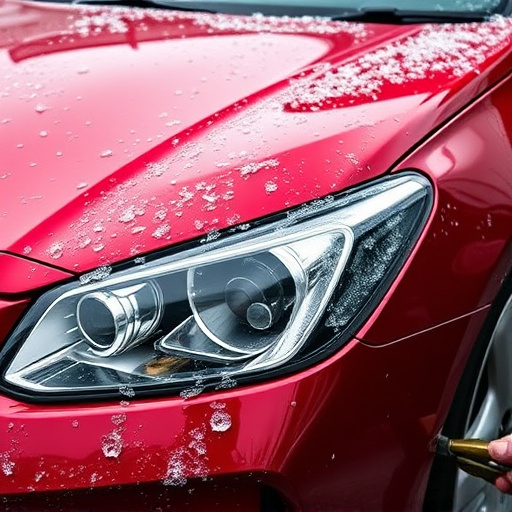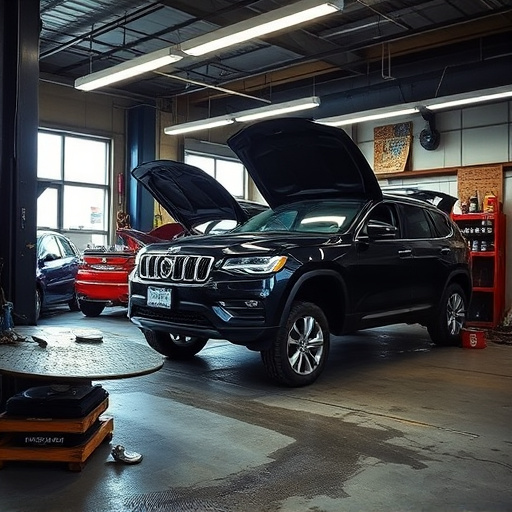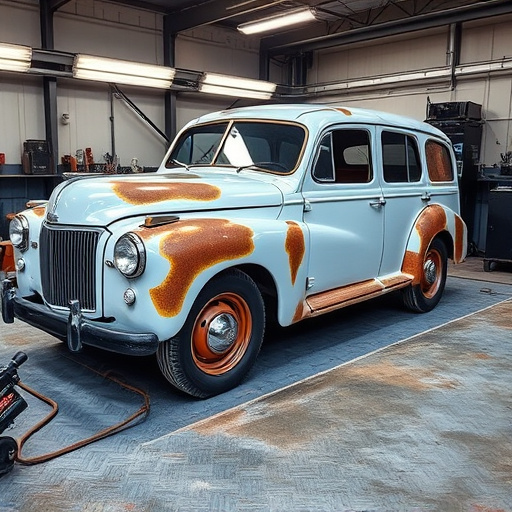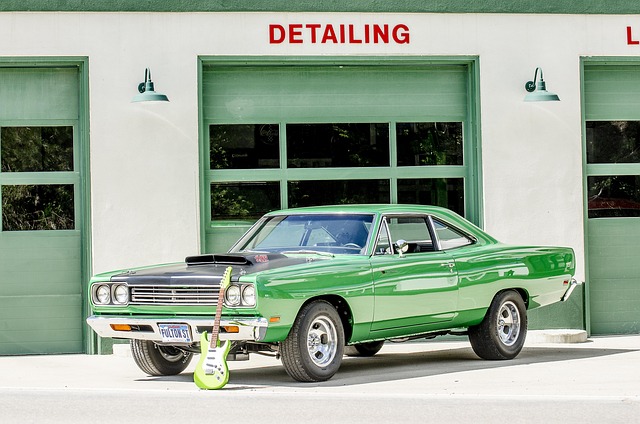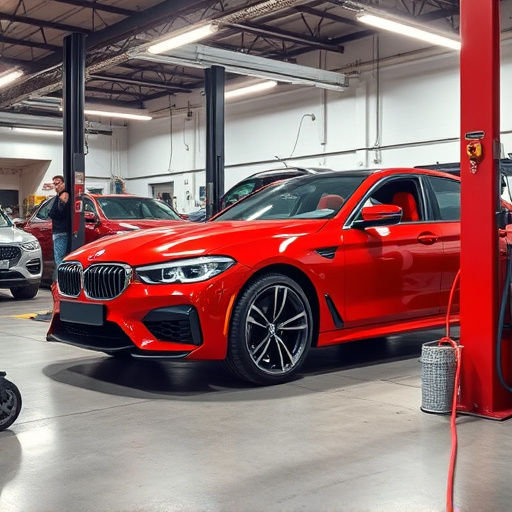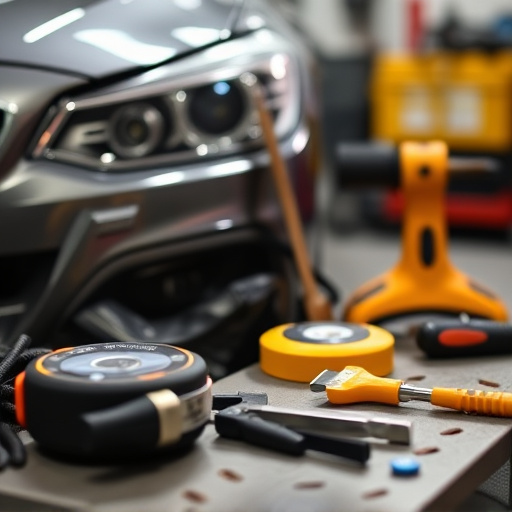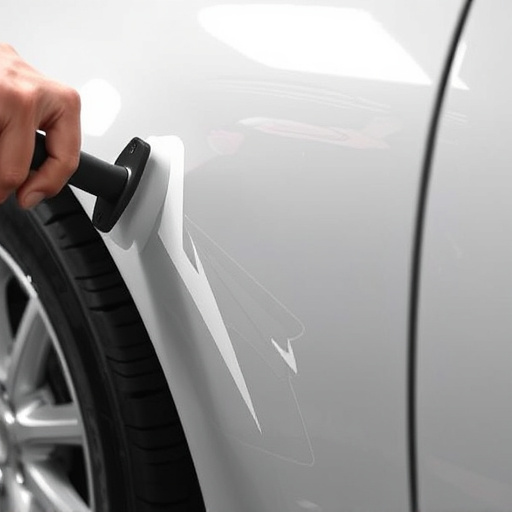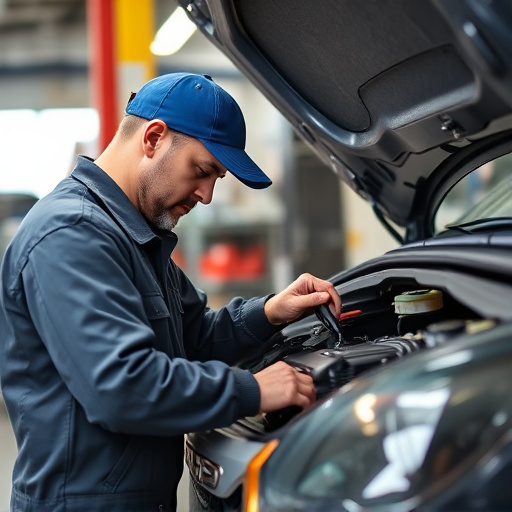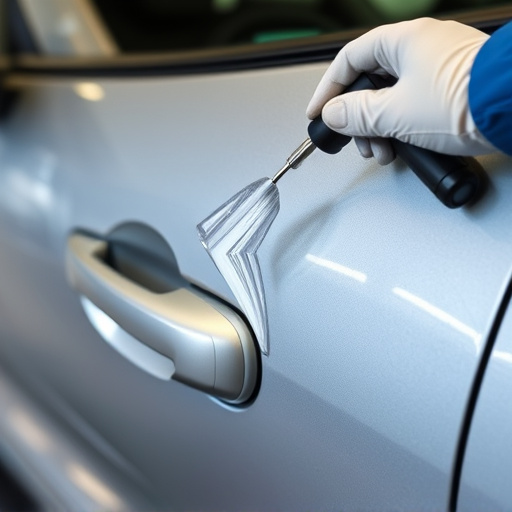A vehicle frame inspection is crucial when buying a used car to ensure its safety and reliability, checking for accidents, corrosion, or substandard repairs that could pose serious risks. This process involves using specialized tools to assess the chassis, suspension, and safety features, generating a detailed report that helps buyers make informed decisions and avoid costly future repairs.
When considering a used car purchase, a thorough vehicle frame inspection is non-negotiable. This critical step goes beyond a routine visual check, delving into the structural integrity of your potential new ride.
This guide breaks down the essentials of vehicle frame inspection, explaining why it’s crucial for used car buyers and providing a step-by-step process to help you navigate this essential process confidently. Discover how to identify signs of damage, past accidents, and potential issues that could affect safety and resale value.
- Understanding Vehicle Frame Inspection: What It Entails
- Why is a Frame Inspection Crucial for Used Car Buyers?
- Step-by-Step Guide: How to Conduct a Basic Frame Check
Understanding Vehicle Frame Inspection: What It Entails
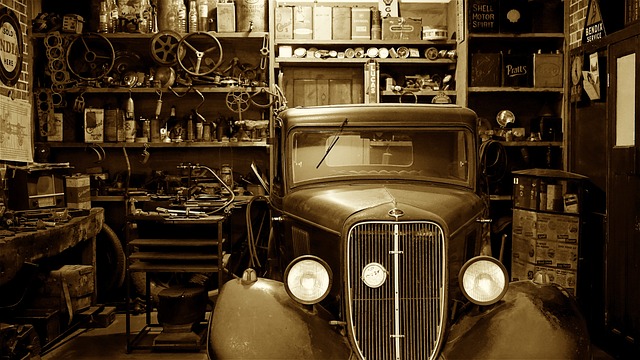
A vehicle frame inspection is a crucial step when considering purchasing a used car. It involves a meticulous examination of the car’s structural integrity, focusing on the frame and its components. This process goes beyond a visual assessment; it requires specialized tools to measure and assess any damage or deformity that might not be immediately apparent.
During this inspection, experts look for signs of previous accidents, corrosion, or inadequate repairs. They check crucial elements like the chassis, suspension systems, and safety features. If any issues are discovered, a detailed report is generated, outlining the findings. This information is vital for buyers as it helps them make informed decisions, ensuring they avoid potential problems associated with auto frame repair or requiring the services of a collision repair shop down the line.
Why is a Frame Inspection Crucial for Used Car Buyers?

A vehicle frame inspection is a crucial step for used car buyers to ensure they’re making a safe and sound purchase. The frame, often referred to as the backbone of a vehicle, sustains significant stress during accidents and regular wear-and-tear. A thorough inspection goes beyond visual checks to uncover any hidden damage or misalignments that could indicate structural integrity issues. These issues, if left unchecked, can lead to serious safety hazards, compromising the car’s ability to protect its occupants in future collisions.
For used car buyers, a frame inspection acts as a shield against potential financial and safety risks. It uncovers the true history of the vehicle, revealing past accidents or repairs that might not be immediately apparent. This knowledge empowers buyers to make informed decisions, ensuring they’re not buying a car with hidden flaws that could require costly automotive collision repair, auto detailing, or even extensive vehicle bodywork down the line.
Step-by-Step Guide: How to Conduct a Basic Frame Check

Conducting a basic vehicle frame inspection is an essential part of any used car purchase to ensure the car’s structural integrity and safety. Here’s a step-by-step guide to help you navigate this crucial aspect of auto maintenance.
1. Examine the Exterior: Start by visually inspecting the car from all angles, looking for signs of damage, dents, or uneven paint jobs, which could indicate prior collision repair, including potential vehicle dent repair. Check for any visible deformities in the body panels and frame rails.
2. Lift the Vehicle (if necessary): Depending on the model and type of car, you may need to use a jack or a lift to inspect the underbody. Ensure safety by following proper procedures when raising the vehicle. Once lifted, check for any signs of rust, which could weaken the frame over time. Look at the alignment of the frame rails and ensure they are straight and parallel.
3. Inspect the Frame: Use a flashlight or bright source of light to examine the frame closely. Check for any signs of damage, corrosion, or welding issues. The vehicle frame inspection should include assessing the integrity of the frame’s critical components, such as the sills, crossmembers, and bracket mounts. Make sure everything is secure and in good condition, free from cracks or significant deformities.
4. Check for Alignment Issues: Lower the vehicle and examine its alignment. Look at the wheel gaps, ensuring they are equal on both sides. Uneven gaps could indicate structural issues or misaligned components, which may require professional car repair services.
5. Document Findings: Take photos of any concerning areas during your inspection to create a visual record for future reference. This documentation can be invaluable if you decide to proceed with the purchase and need to discuss potential repairs with a mechanic.
A vehicle frame inspection is an essential step in ensuring a used car purchase is a wise decision. By understanding what to look for during this process, buyers can protect themselves from potential issues and make informed choices. Armed with this knowledge, you’ll be better equipped to navigate the market, identify problems, and avoid costly mistakes when buying a pre-owned vehicle. Remember, a thorough frame inspection is key to driving away with peace of mind and a reliable car.
